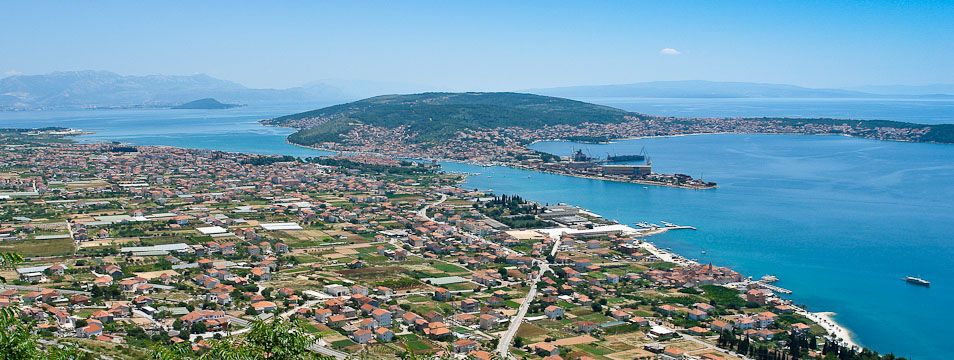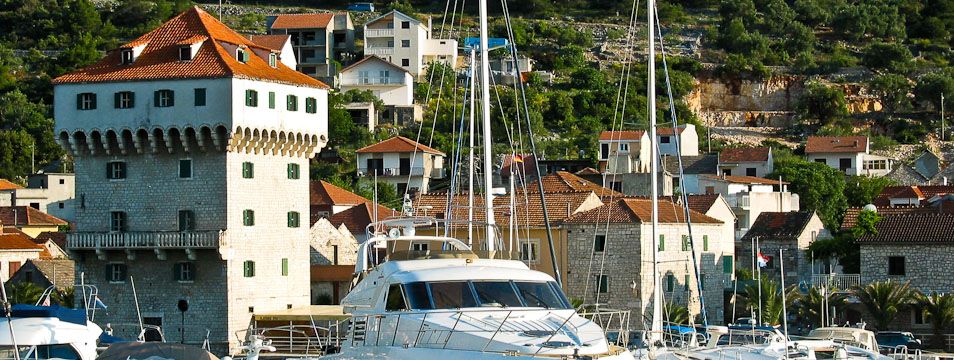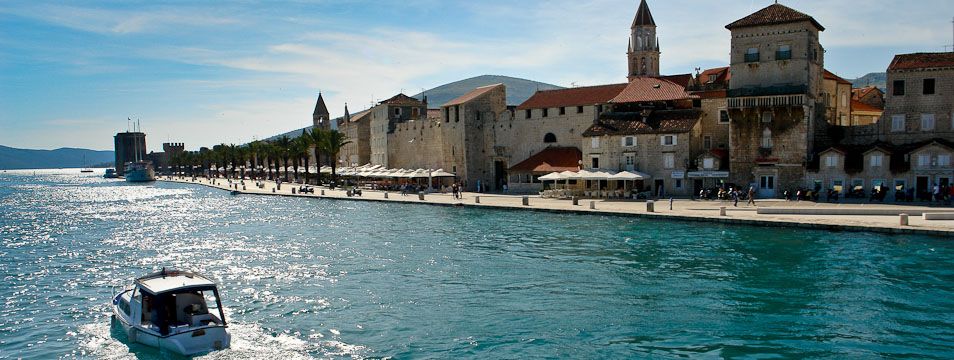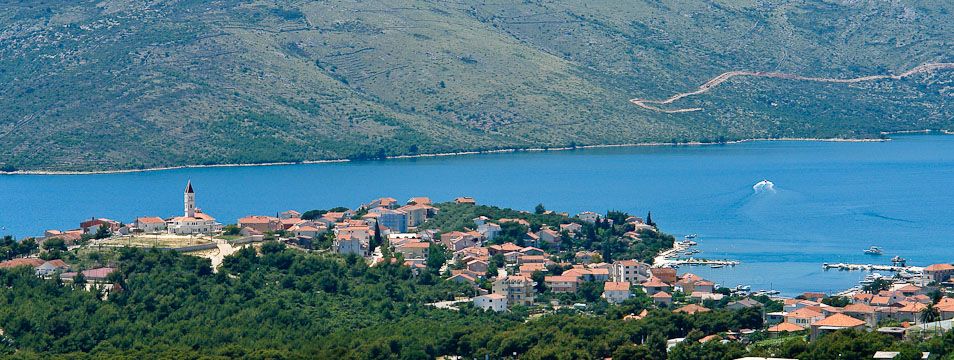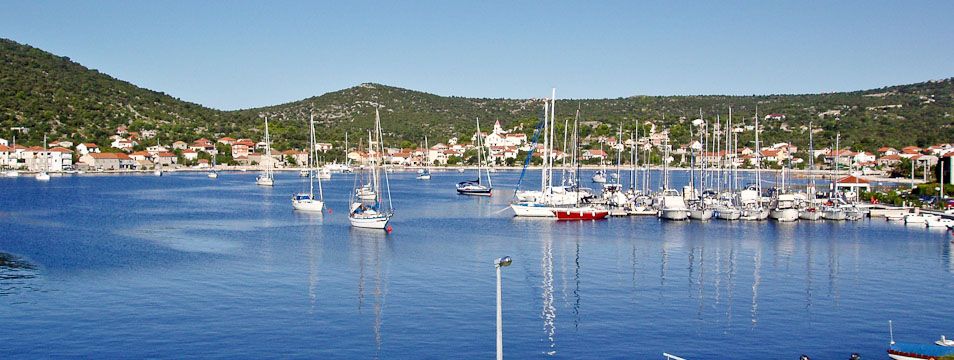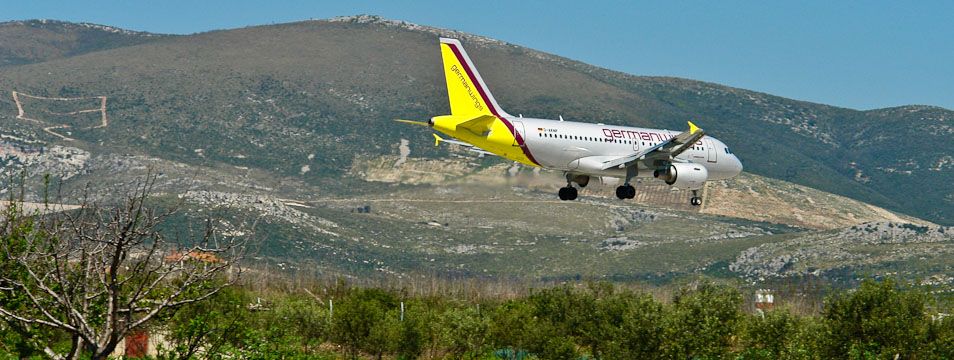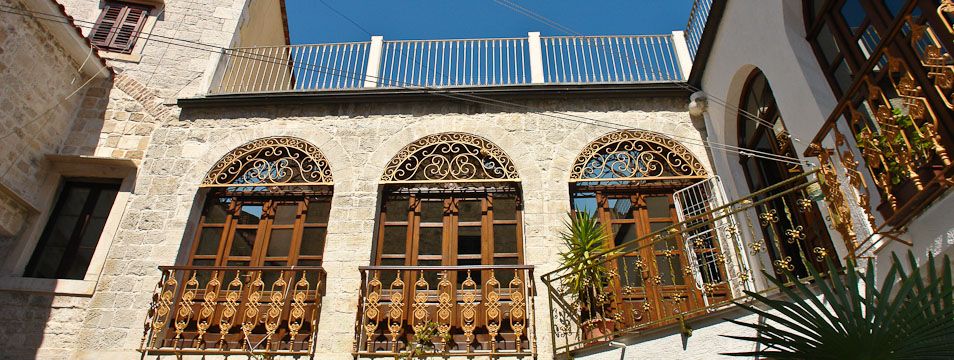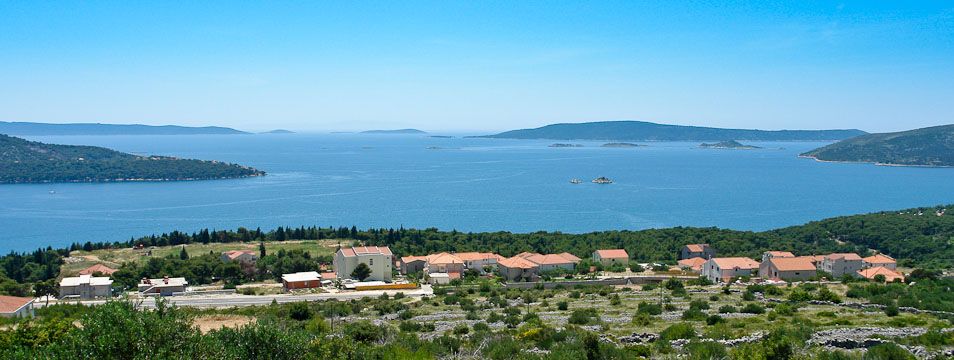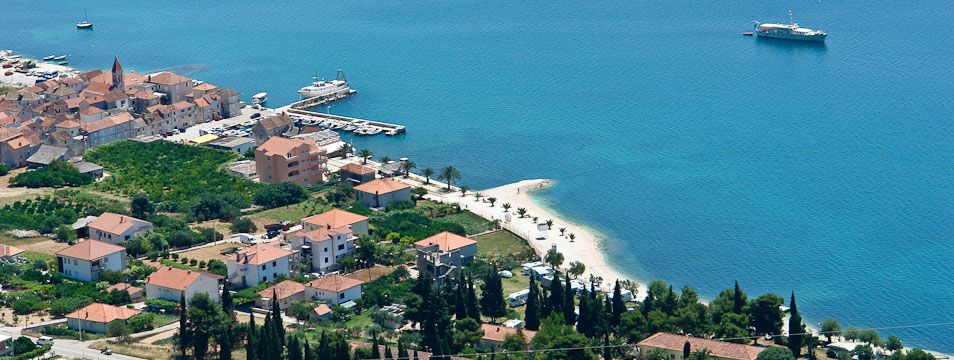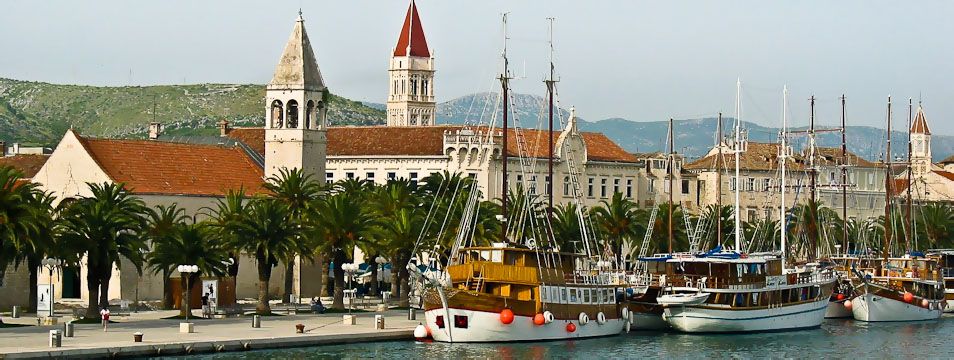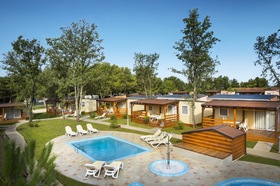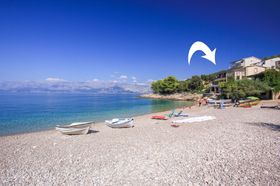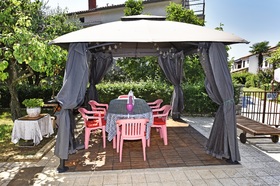Kaštel Štafilić - Riviera Trogir
Key Info
A fort with a yard, today known as castle Rotondo, was built by Stjepan Štafileo, a nobleman from Trogir in 1508 at a sea reef. Residential part is on the southern side where the gate to the boats was. It is interesting that Štafileo took the name of the grapes - staphile in Greek for his family name. A rectangle-shaped settlement was formed arround the castle, surrounded by a ditch. There was the Sela gate with the drawbridge. In this way Brce are at the outskirts of villages only at Kaštel Štafilić and Kaštel Novi. Close to the defensive walls a castle of the Ferra family was built. Today it is owned by the Pera family.
The Nehaj tower was built in 1548 at the western part of Kaštel Štafilić by Ljudevit and Ivan Lodi. The tower was built up to the windows of the first floor. Building was stopped after death of the Lodi brothers. They didn’t have male successors and their daughters and sons-in-law decided to abandon the building. The Nehaj tower, although not finished capture the eye of painters, poets and tourists. Sometimes, when the tide is high it seems like the tower floats on the sea.
The first church was built in1566. It lived through many modifications to its present Baroque appierrance. A miraculous icon from the 16th century is kept in the church, as well as traditional Kaštela golden jewelry and statues of St. Blaž and St. Lucija (work of Marin Studin). St. Juraj od Žestinja is an old Croatian church from the 17th century with nice stylized leaves and cross over the door. An old gravesite with stećci (Gnostic Christian’s tombstones) surrounds the church. A shape of crescent Moon is on one of them. A medieval village Žestinj – Miran was in this area, on slopes of Trečanica Mountain.
The church of St. Nofar was built at the top of Veliki Bijać (208 m). An inscription about restoration of the church in 1475 is at the front of the church, which proves that the church dates from earlier times. The church has a nice Gothic arc. Bellow the hill there is Bijaći, an important historic settlement. It was inhabited from the Roman to the Medieval times. An early-Christian basilica was built over ancient remains. The church of St. Marta was built here in the 9th century. From the 9th century to the end of 10th century here was one of the most important centers of the Croatian state. St. Marta, one of the oldest Croatian churches was discovered here. It was a pre-Romanic three-nave building with a square apse and foundation of a bell tower at the front. Remains of late-Roman and old –Croatian gravesites are discovered there. Archeological researches were performed at this site. Some stone furniture decorated by pleter was found. Artifacts from this site are kept in the Croatian Museum of Archeological Monuments in Split (big ciborium) and in the Museum of the Town of Kaštela.
Present church was built by don Frane Bulić next to the ruins of St. Marta in1908. Numerous findings are proof that Croatian people's rulers had their seat here. In the Trpimir's deed of donation of 4 March 852 is written: ""Ja knez Hrvata"" (""I duke of Croats"") and ""Učinjeno u mjestu koje se zove Bijaći"" (""Made at a place called Bijaći""). This further corroborates earlier mentioned statement. Hunting house Tikvenjak could be reached by a macadam road between Trećanica and Opor in the direction of Prosika. The house is under management of the Hunting Association of Lower Kaštela. There is the Mujina Cave on the western edge of Kaštela area. Archeological excavations have been conducted there for a number of years. Many stone tools, processed bones and fireplaces were found there. It was proven that this place was inhabited 45 000 years ago. The Neanderthal men lived and hunted in this area when land stretched where the island of Vis is today.
An olive older than 1500 years, an exceptional natural monument, grows in Kaštel Štafilić. It originates from Southern Italy or Greece. This old olive (Olea Europea) is locally called Mastrinka. It was declared a monument of nature in 1990. Annual crop of olives is processed into oil which is packed into replicas of glass lacrimatoriums. This is an autochthonous souvenir of Kaštela.
Useful links
Riviera Trogir - next resort
Show- Bay Ljubljeva - Marina - (5)
- Kaštel Gomilica - (7)
- Kaštel Kambelovac - (14)
- Kaštel Lukšić - (7)
- Kaštel Novi - (14)
- Kaštel Štafilić - (26)
- Kaštel Stari - (18)
- Konavle - (1)
- Marina - (26)
- Plano - (5)
- Poljica - (31)
- Primorski Dolac - (1)
- Seget Donji - (8)
- Seget Vranjica - (33)
- Trogir - (65)
- Vinišće - (75)
- Vrsine - (2)
Central Dalmatia - rivieras
Show- Imotsko Polje - (7)
- Island Brač - (410)
- Island Čiovo - (240)
- Island Drvenik Mali - (9)
- Island Drvenik Veli - (3)
- Island Hvar - (352)
- Island Šćedro - (1)
- Island Šolta - (70)
- Island Vis - (69)
- Makarská Riviera - (486)
- Riviera Omiš - (333)
- Riviera Split - Podstrana - (143)
- Riviera Trogir - (338)
- Zagvozd - (2)
Croatia - other regions
Show

